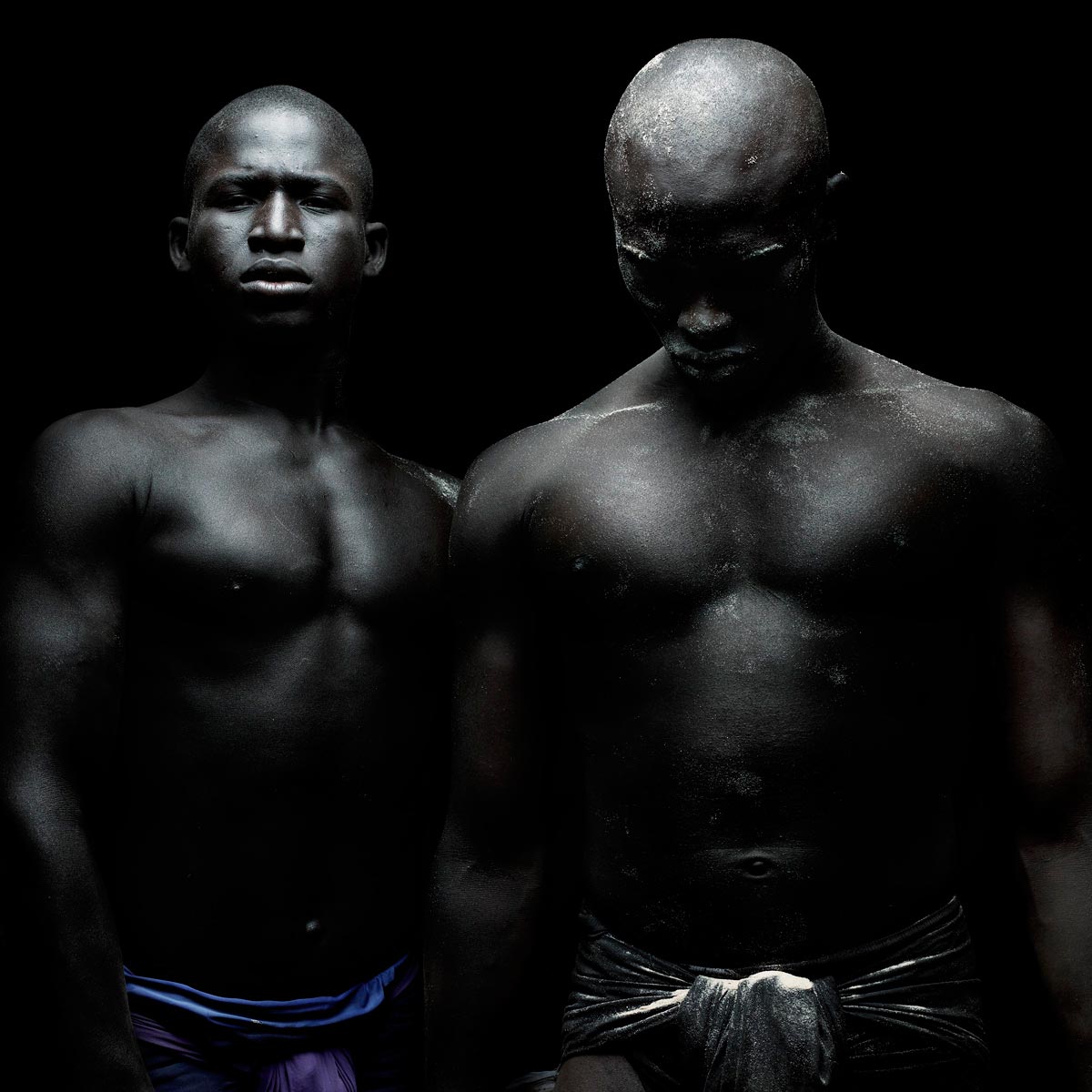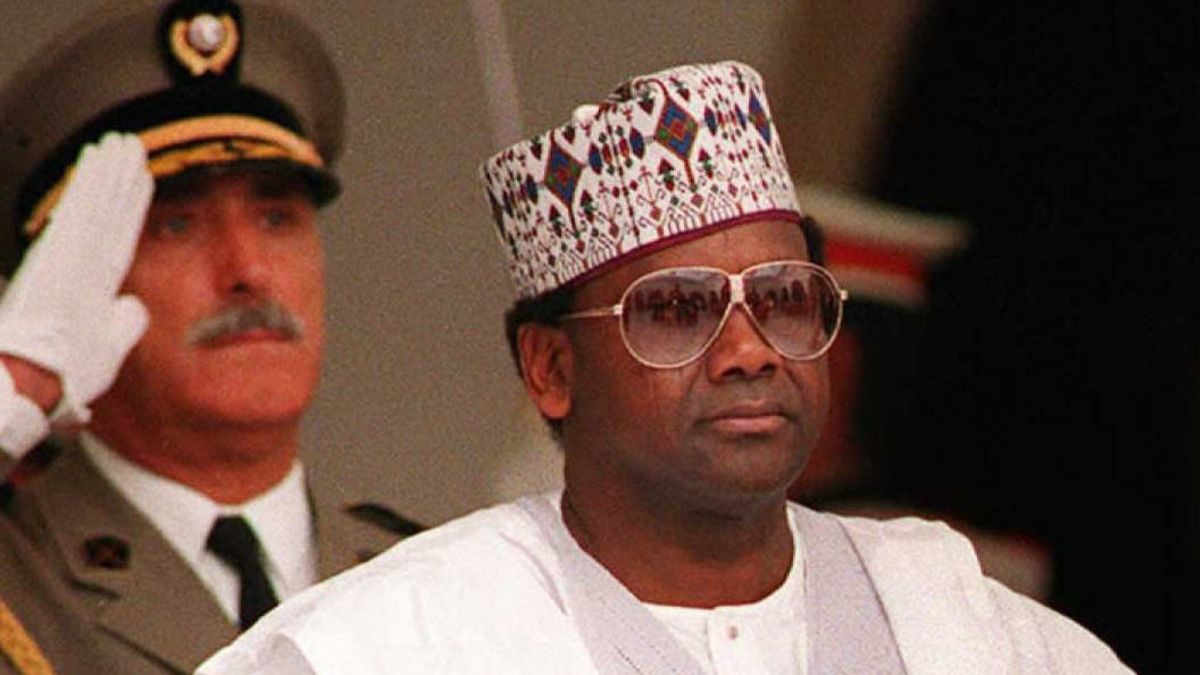In Senegal, professional wrestling reigns supreme. Seeing as it’s the national sport, those who successfully practice lutte sénégalaise, orlaamb, are considered heroes in their home country, treated like movie stars or royalty. Though unlike the WWE stars in America who transformed wrestling into an entertainment spectacle throughout the ’90s, the burgeoning wrestling champions in Senegal are reaching new heights of popularity while attempting to maintain ties to their traditional folk roots.
Amsterdam-based photographer Ernst Coppejans recently spent several weeks shadowing the men and boys who are working to become the next big laamb champions. His portraits capture the hulking subjects on a beach in the small village of Yene where they train. Contorted and posed, mid-grapple or lounging by the sea, Coppejans’ images demonstrate a different kind of masculinity.

“Champions are worshiped,” Coppejans explained to The Huffington Post. “Many Senegalese boys train fanatically to make their dream, becoming a famous lutteur come true.” The allure of fame and fortune from sport clearly crosses national borders. Talented lutteurs will wear talismans (gris-gris) and douse themselves in blessed liquid to better their chances of triumph, while connecting to the older folk rituals based on faith and luck. But while the majority of competitors make around $2,000 per season, the small percentage of elite winners can earn up to $100,000 per combat.

Cappejans captures portraits of the wrestlers, clad in loincloth and shorts, before they’ve been fully enveloped by this reality. “What I love about this series is that it is all about hopes and dreams,” he added. “Not many make it as a professional wrestler, but they sure are gonna try. It’s a way out of poverty and a way to a better life.”



















